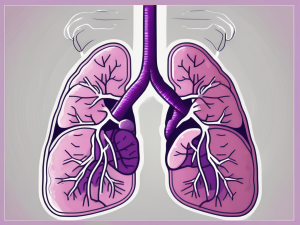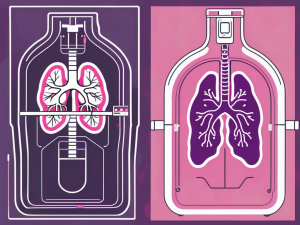Lung cancer in people who have never smoked
Lung cancer isn’t exclusive to smokers; non-smokers are also at risk, emphasizing the need to debunk myths surrounding the disease. This article highlights the importance of recognizing lung cancer risk factors in non-smokers, such as secondhand smoke, environmental pollutants like radon and asbestos, and genetic predispositions. It stresses the significance of early detection, which





